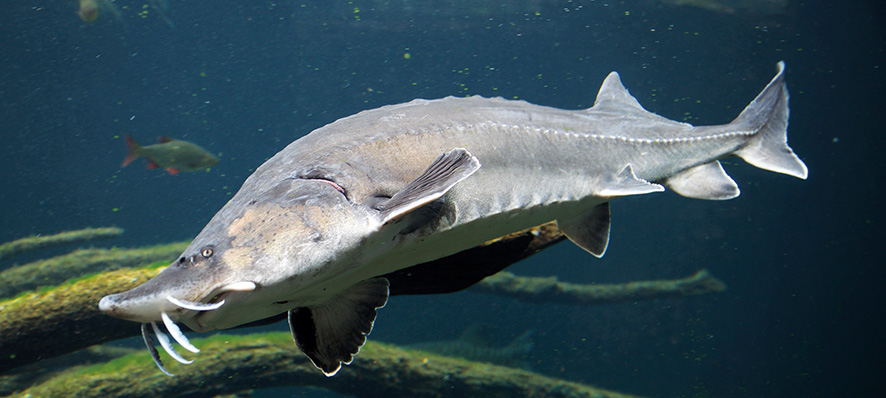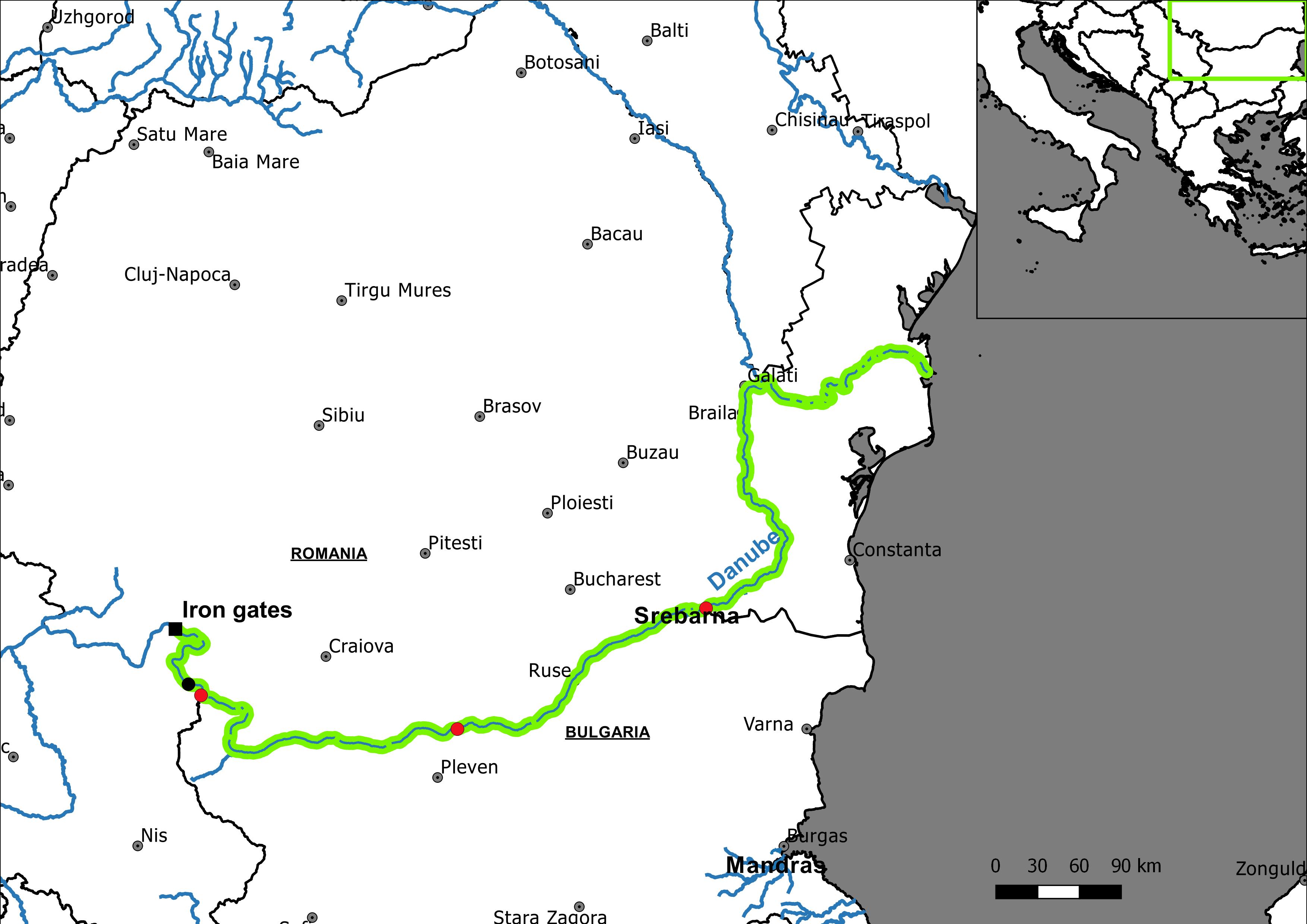 Save the Blue Heart of Europe - A campaign for the protection of Balkan Rivers
Save the Blue Heart of Europe - A campaign for the protection of Balkan Rivers
Beluga
 © Perica Mustafić
© Perica Mustafić
Beluga historically reached 7-8 meters in size, making them the world’s largest freshwater fish. They are anadromous with potential spawning grounds in our study area limited to the Danube River below the Iron Gate dams; currently no natural spawning in the Danube occurs (Gesner et al. 2010). The last wild populations live in the Caspian basin (Kottelat & Freyhof 2007). The Danube harbored the largest spawning run of the species (Vecesi et al. 2002). Beluga were extirpated from the middle and upper Danube after construction of the Iron Gate dams (1970 and 1984). Currently, survival of the species is dependent on stocking (Vecesi et al. 2002, Kottelat & Freyhof 2007); 20,000 individuals in a single year have been released in the lower Danube (Gesner et al. 2010). Illegal fishing and overfishing remains a problem for the species survival (Gesner et al. 2010).
Further damming of the Danube would all but eliminate any chance of restoring this iconic species to the Balkan region.

- IUCN-Redlist Critically Endangered
- EUR-HAB-DIR II, III
- Bern Convention II, III
- Hydropower Sensitivity Very High
- Balkan Dam Threat * High
* The assessment of Balkan Dam Threat is based on the loss of habitat that would occur if all or most of the planned hydropower schemes in the distribution range of the species were to be built. For more precise specification see Fish Study, page 8.